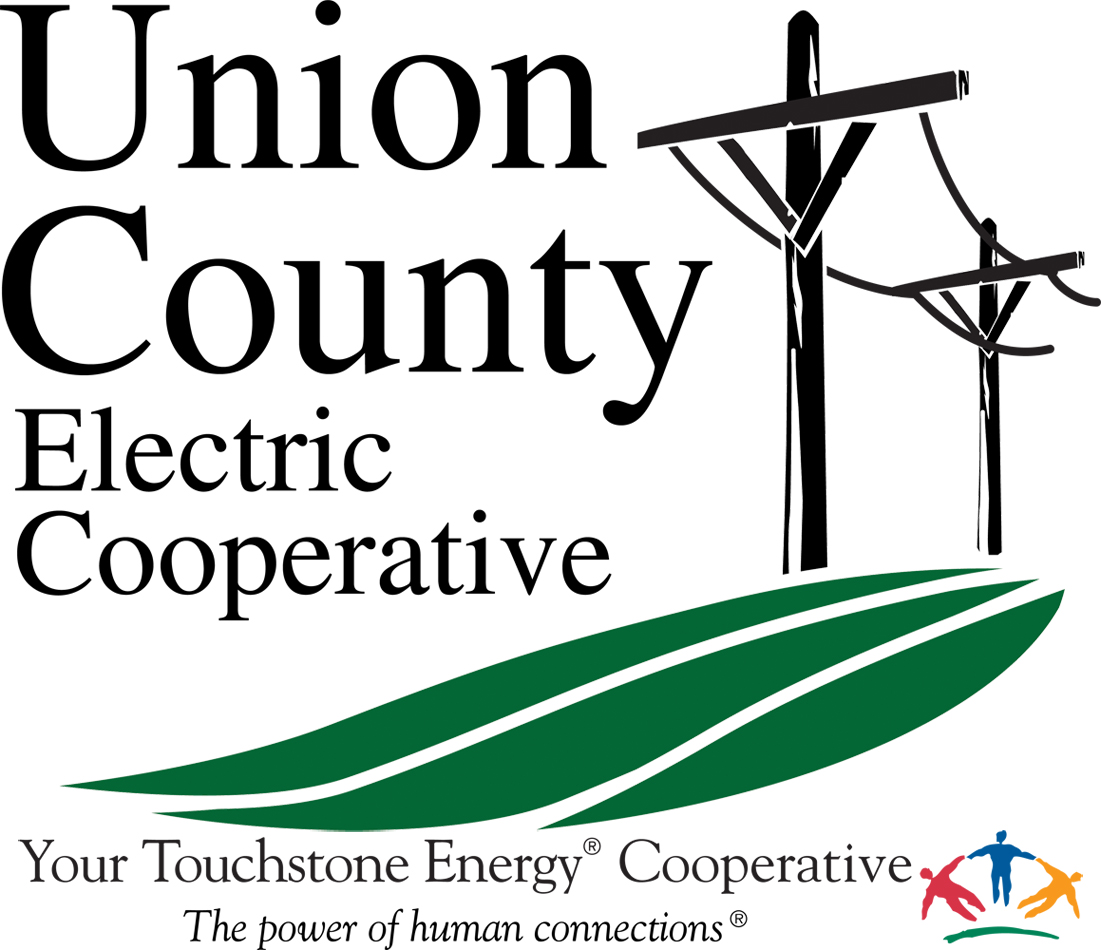Why is my monthly infrastructure charge higher than my friend who lives in town.
For consumers who rely on electric utilities to power their homes and businesses, infrastructure charges, or monthly minimums, can vary significantly depending on the type of utility provider. One question that often arises is why Rural Electric Cooperatives tend to have higher monthly infrastructure charges compared to for-profit utilities or municipal electric utilities. To understand this, it's essential to explore the structural, operational, and financial aspects that differentiate these service providers.
The Role and Structure of Rural Electric Cooperatives
Rural Electric Cooperatives like Union County Electric are member-owned, not-for-profit entities that were established primarily to serve rural communities. Our goal is not to generate profits but to provide affordable and reliable electricity to areas that would otherwise be underserved by for-profit utilities. Each member of our co-op has a stake in the organization, and decisions are made democratically, with a democratically elected board of directors making decisions that affect them and the members they represent.
The rural nature of our service area creates unique challenges. Rural Electric Co-ops typically serve regions with lower population densities, which means fewer consumers are spread across larger geographical areas. This lack of concentrated demand increases the infrastructure costs per customer, as the co-op must build and maintain extensive networks of power lines, transformers, and substations to reach all members – no matter where their home or farm might be located.
In contrast, for profit utilities and municipal electric utilities are owned and operated by investors or local governments. They primarily serve urban or suburban areas with higher population densities. These providers often benefit from economies of scale, as a concentrated customer base allows them to distribute their infrastructure and operational costs across a larger number of consumers. For Rural Electric Cooperatives, the cost of maintaining more infrastructure—along with the labor required—is spread across fewer consumers, resulting in higher fixed charges. This lack of economies of scale makes it more expensive for co-ops to provide the same level of service.
Balancing Affordability and Reliability
Despite their higher fixed charges, Rural Electric Cooperatives strive to ensure that their rates are fair and reflect the actual cost of service. Boards composed of co-op members carefully review and set these charges to balance affordability with the need to maintain a reliable and sustainable electricity supply. Co-ops also reinvest surplus revenues into their systems, improving infrastructure, and enhancing service quality.
Rural Electric Cooperatives, investor-owned and municipal utilities all face challenges in adapting to a rapidly evolving energy landscape. From integrating renewable energy sources to modernizing grid infrastructure, all types of utilities are working to improve efficiency and resilience. For Rural Electric Co-ops, these initiatives may require additional investment, potentially impacting fixed charges in the short term.
Understanding the higher fixed charges of electric cooperatives requires an appreciation of their unique mission and operational realities. Co-ops play a vital role in bringing electricity to rural and underserved areas, often at a higher cost per customer due to geographic and demographic constraints.
Though their fixed charges may be higher, Rural Electric Cooperatives embody the spirit of community and service, ensuring that no region is left in the dark. As the energy sector continues to evolve, co-ops will need to innovate and collaborate with others to meet the growing demand for sustainable and affordable electricity.
Until next month, stay safe and God bless.
